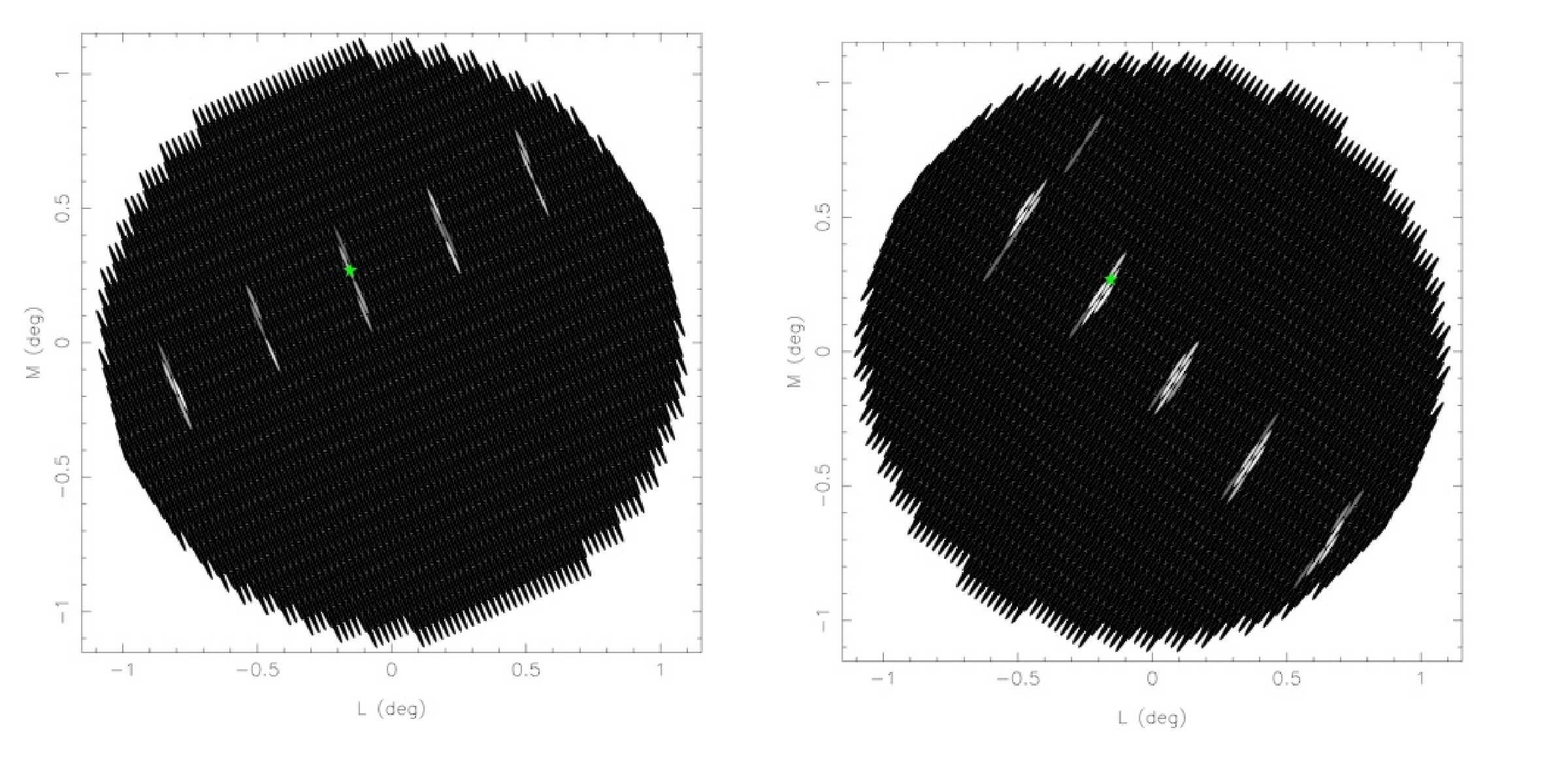| Description: | Radio pulsars are highly magnetised, rapidly rotating neutron stars. Regular pulsar timing observations provide a unique tool to study a wide range of astrophysics: from the superdense interior of neutron stars, the interstellar medium, measuring relativistic effects in binary systems, to testing gravitational theories. Ultimately, using an array of pulsars will very likely allow for a direct detection of a cosmological gravitational wave background. In this colloquium I will talk about using and optimising radio pulsar timing. I will introduce the European Pulsar Timing Array network, its aims and goals, and some of the recent projects I worked on for this collaboration in my thesis work. Furthermore, I will present the first results of the Westerbork 8gr8 Cygnus survey: the discovery of three new pulsars.
Above: Detection and confirmation plots for one of the newly discovered pulsars in the 8gr8 Cygnus survey. The black ellipses represent the subbeams that have been formed with PuMaII from combining the 8gr8 data. The pulsar was detected in all white ellipses, and from combining the two observations we could already determine the position of the pulsar with high accuracy. The green star shows the pulsar position as determined by the follow-up timing observations. |

